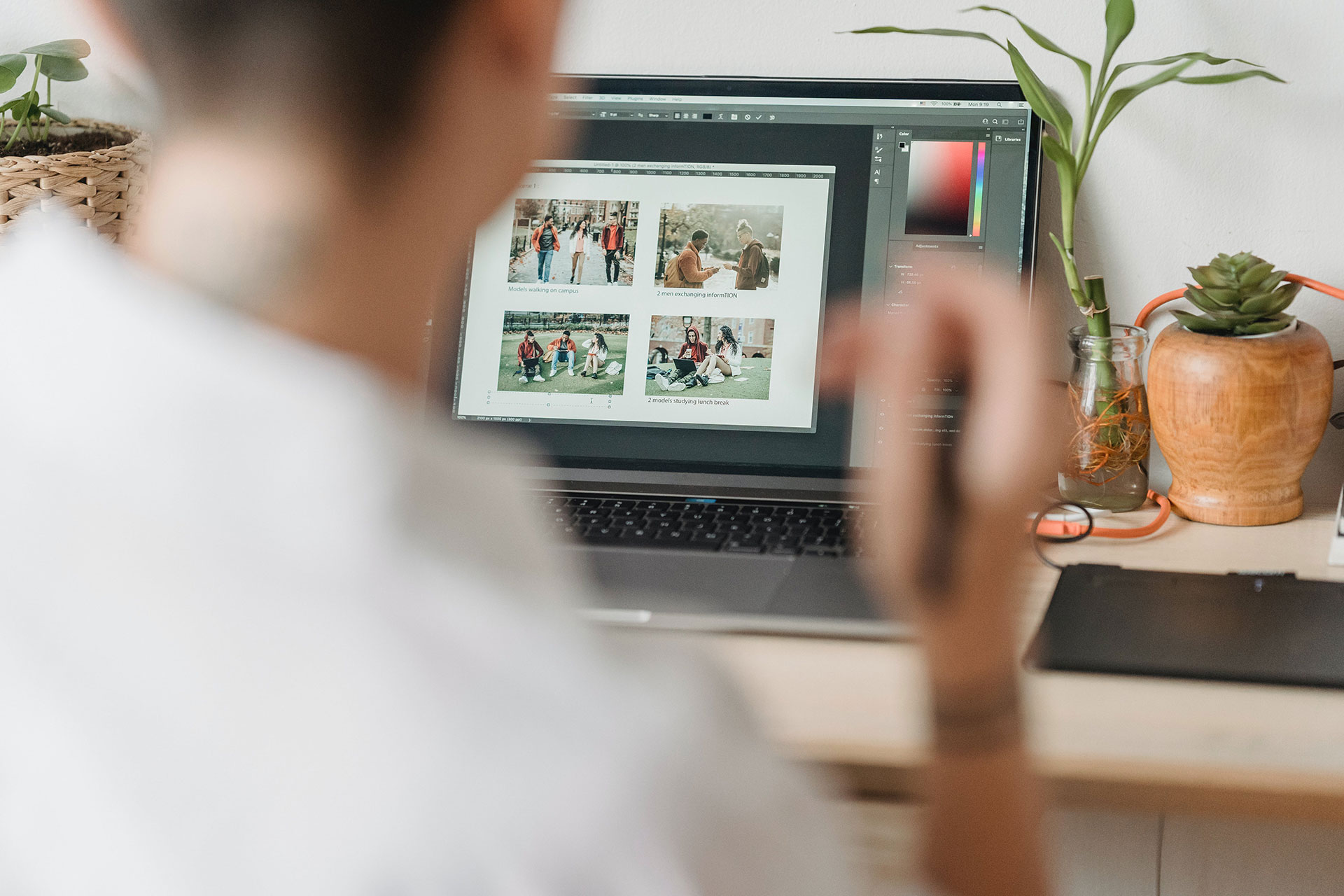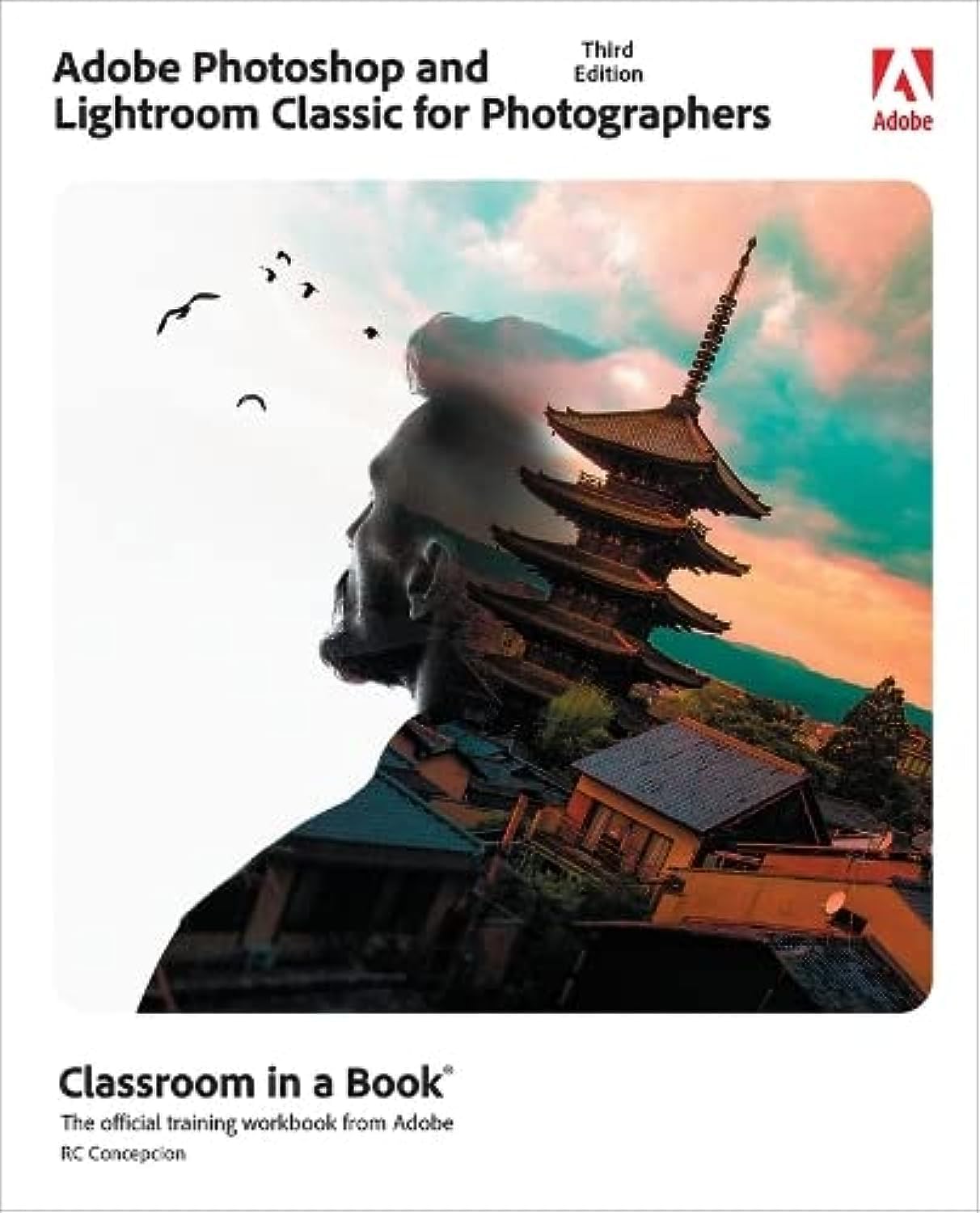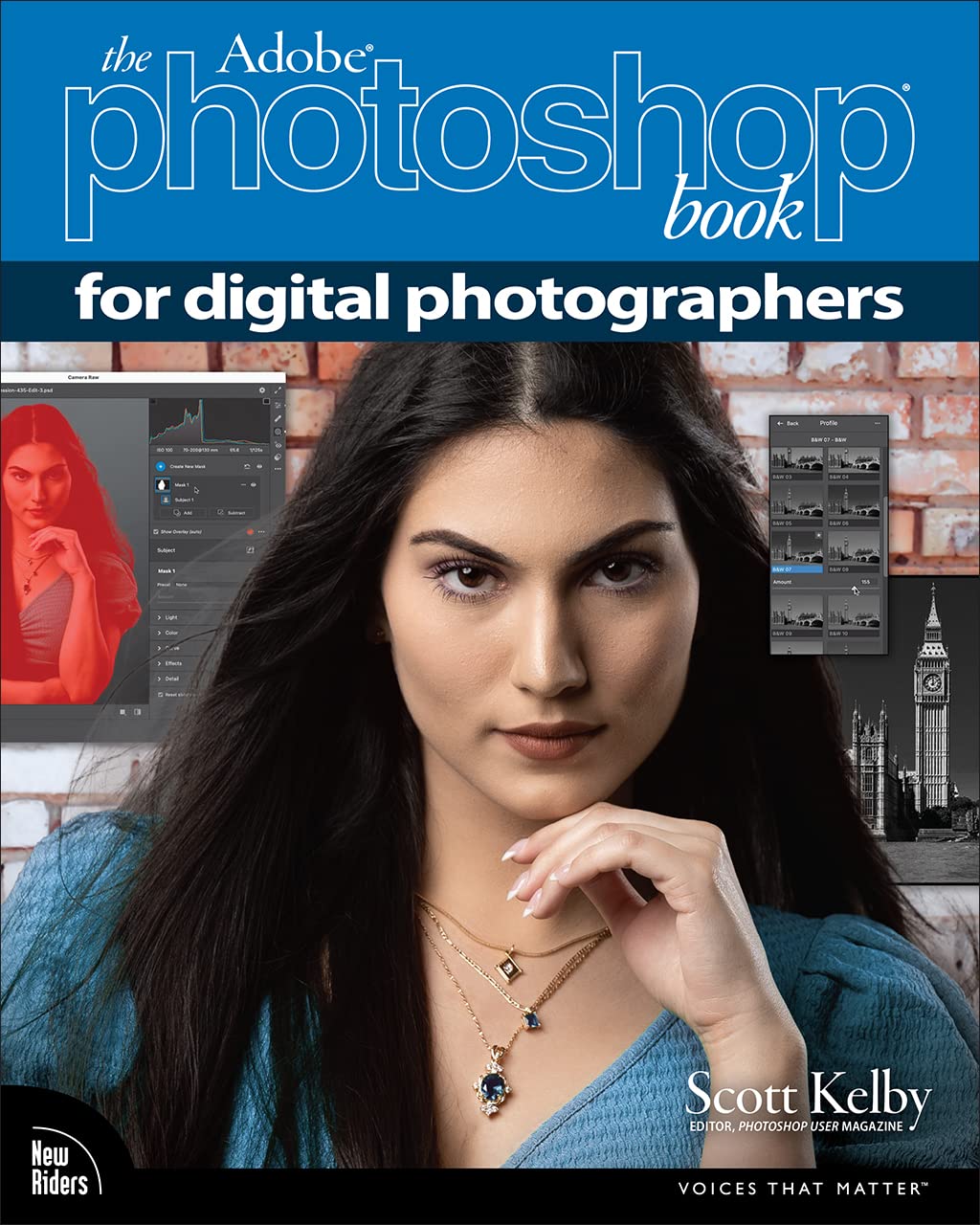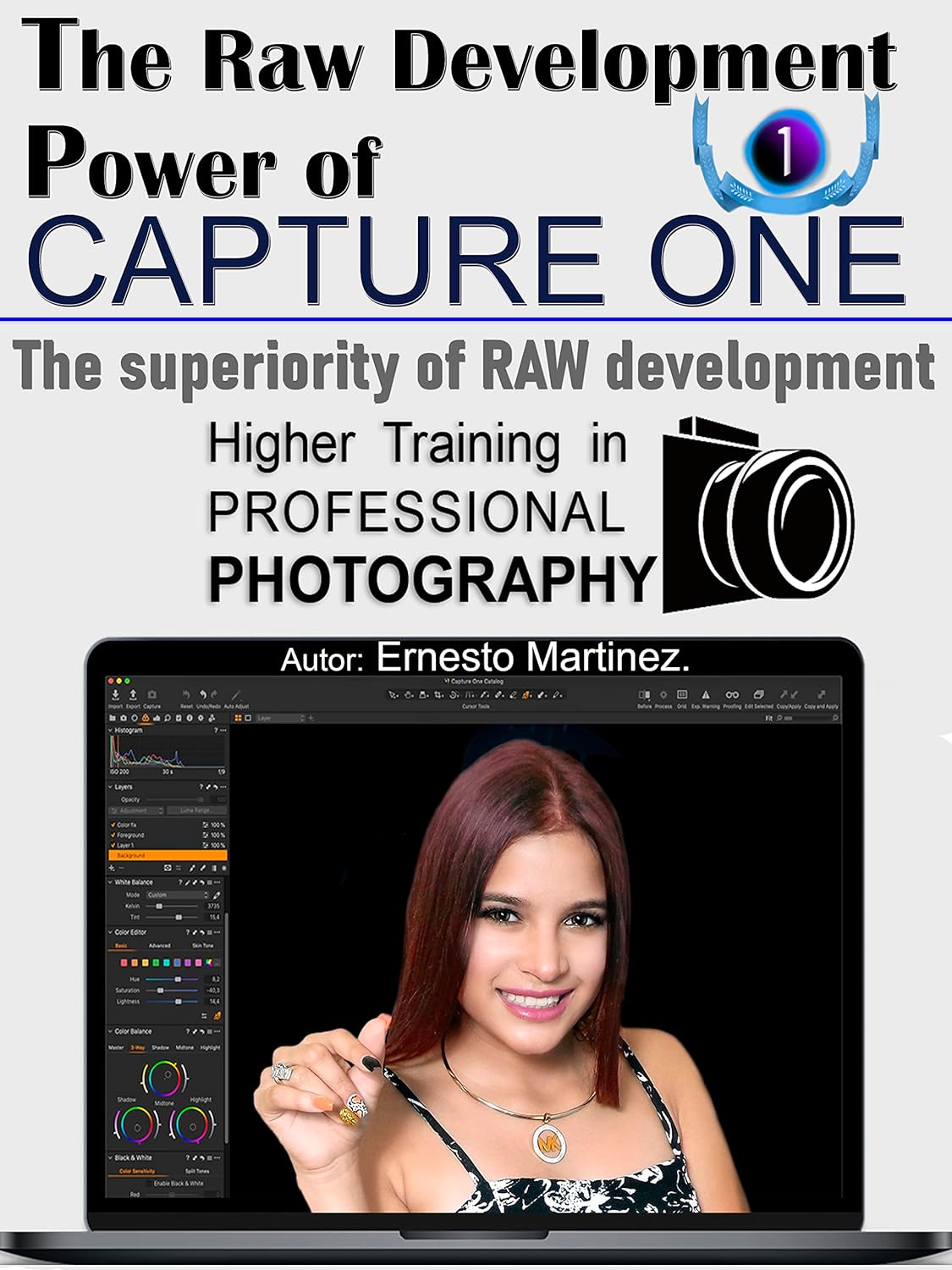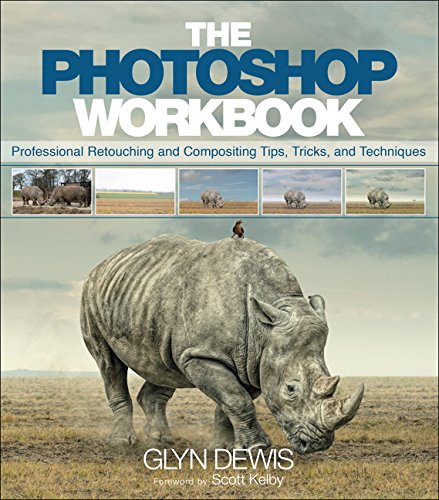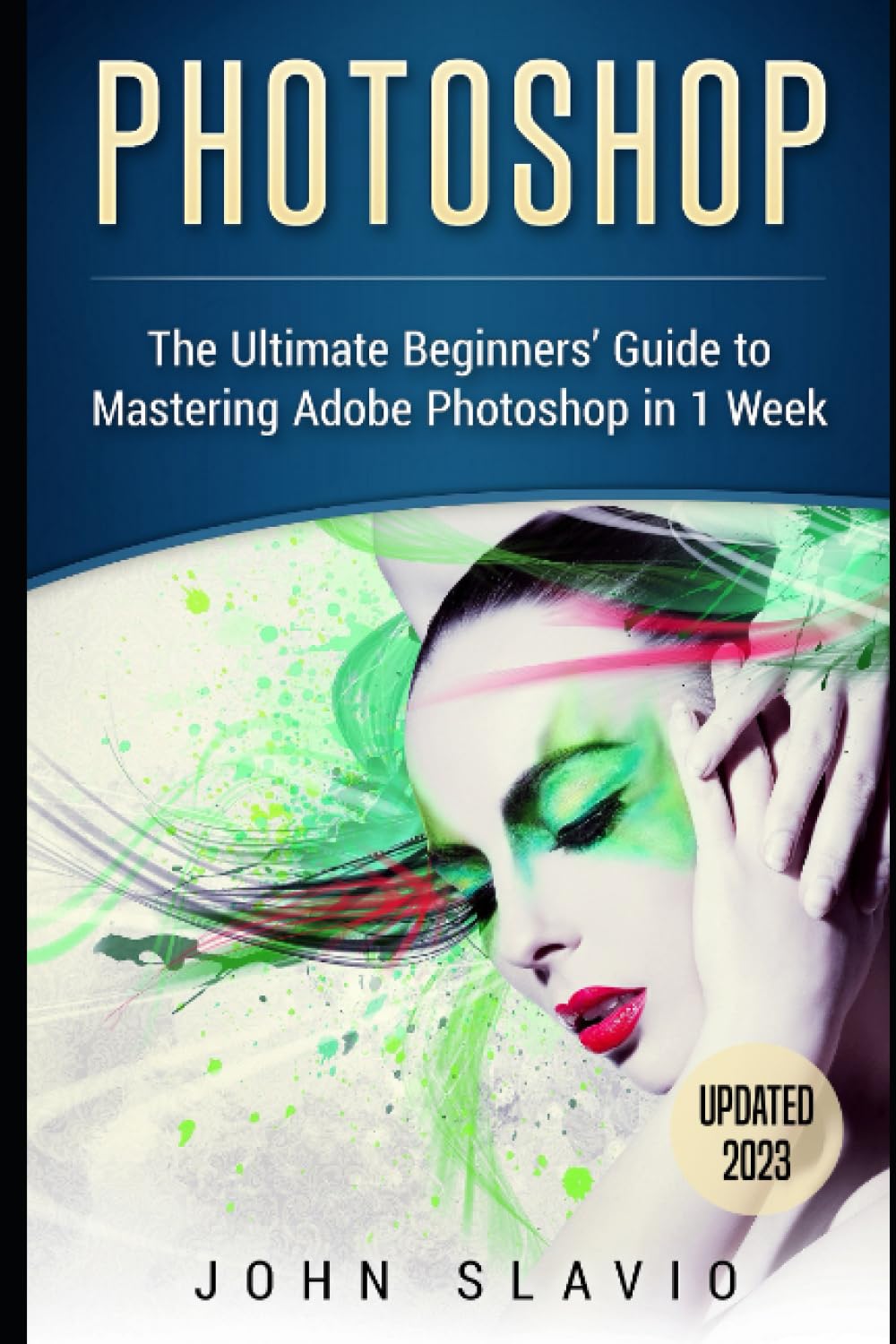This curated list presents the top 5 photo editing books that cater to both beginners and experienced photographers. The world of photography is constantly changing and improving, making it imperative for photographers to stay up-to-date with the latest skills and techniques. Photo editing is a significant aspect of this ever-evolving field, and it is crucial for any photographer looking to enhance their craft.
With so many online tutorials and video courses available, it can be challenging to find comprehensive resources that provide in-depth insights into all aspects of photo editing. However, there is something timeless and priceless about a well-written book that you can use as your guide for exploring the intricacies of photo editing. If you’re a beginner or an experienced photographer who wants to polish your skills, we’ve got you covered.
The top 5 photo editing books below that will undoubtedly be your ultimate guide to mastering this essential aspect of photography. So, whether you’re editing portraits, landscapes, or other types of photography, these books will provide you with all the knowledge and expertise you need to create stunning images.
Advantages of Utilizing Photo Editing Books
Photo editing books play a pivotal role in enhancing photographers’ skills and creative expression. These resources offer structured lessons, guiding individuals from basic concepts to advanced techniques and enabling skill development. Tailored to specific software like Adobe Photoshop or Lightroom, these books help photographers master tools efficiently.
They serve as inspirational sources, showcasing diverse creative edits that encourage experimentation with new styles. Additionally, photo editing books provide solutions to common challenges, optimize workflows, and elucidate underlying principles of various editing techniques. Staying updated on industry trends and building specialized knowledge for fashion, portraits, or landscapes are other benefits.
Serving as valuable reference materials, these books often include online communities for continued support and connection with fellow photographers. Overall, they are indispensable tools for photographers at all levels, contributing to ongoing learning and success in the dynamic world of photography.
For those intrigued by the world of fashion photography, these guides delve into the intricacies of fashion editing, offering insights into retouching techniques that bring out the glamour and finesse inherent in fashion images. Portrait retouching books provide a detailed exploration of techniques to accentuate facial features, achieve flawless skin tones, and convey the desired mood in portrait photography.
Meanwhile, landscape editing books offer a deep dive into the nuances of enhancing natural elements, manipulating lighting, and creating breathtaking compositions. These specialized resources not only equip photographers with genre-specific skills but also cultivate a nuanced understanding of the unique demands and artistic possibilities within fashion, portrait, and landscape editing.
In essence, they serve as indispensable companions for photographers aspiring to master the intricacies of their chosen niche, elevating their work to new heights of creativity and professionalism.
1. Adobe Photoshop Lightroom Classic Classroom in a Book by Rafael Concepcion
This book is an excellent starting point for those who are new to Lightroom photo editing or Adobe Lightroom.
Rafael Concepcion, a seasoned photographer and educator, takes you through a series of hands-on lessons that cover everything from the basics to advanced techniques.
With step-by-step instructions and accompanying online resources, this book provides a comprehensive learning experience for photographers seeking to harness the power of Adobe Lightroom Classic.
2. The Adobe Photoshop CC Book for Digital Photographers by Scott Kelby
Scott Kelby, a renowned name in the photography community, presents a practical guide for photographers using Adobe Photoshop CC.
Focused on practical techniques and real-world scenarios, this book is ideal for those looking to refine their skills in portrait retouching, color correction, and other essential editing tasks.
Kelby’s writing style is engaging, making the learning process enjoyable and accessible for photographers of all levels.
3. The Raw Development Power of Capture One: The superiority of RAW development by Ernesto Martinez
For photographers who prefer Capture One Pro as their editing software, Ernesto Martinez’s book is a treasure trove of knowledge.
Covering everything from raw development to advanced editing techniques, Ernesto guides readers through the intricacies of this powerful software.
The book also delves into asset management, helping photographers streamline their workflow and maximize efficiency. It covers everything from getting started with Capture One, to the first steps and configurations, the creation of workspaces, ensuring a fast and safe flow and also a detailed review of all the tools.
With this comprehensive guide, photographers can take advantage of all the features Capture One has to offer.
4. The Photoshop Workbook: Professional Retouching and Compositing Tips, Tricks, and Techniques by Glyn Dewis
Glyn Dewis, an Adobe Community Professional, shares his expertise in this book, focusing on professional retouching and compositing in Adobe Photoshop.
Packed with practical advice, this workbook is an invaluable resource for photographers looking to elevate their editing skills.
Dewis covers a wide range of topics, including portrait retouching, compositing techniques, and creative effects, making it a comprehensive guide for photographers seeking to expand their creative horizons.
5. Photoshop: The Ultimate Beginners Guide to Mastering Adobe Photoshop in 1 Week by John Slavio
Do you want to be a master at using Adobe Photoshop in just one week? “The Ultimate Beginners’ Guide” has everything you need to know about the tools in Photoshop. You’ll be able to create and edit images with amazing effects that make your pictures look fantastic.
This book shows you step-by-step how to use each feature of Photoshop’s interface. You’ll get hands-on experience using tips to make your pictures sharper, clearer, and more colorful.
You can even create layers to emphasize your subjects and blur backgrounds if you want.
With Photoshop, you can edit your pictures with precision and clarity, making them look great for family photos, business presentations, and book covers.
Closing Thoughts: The Impact of Photo Editing Books
In summary, photography guide books dedicated to editing are transformative tools that extend well beyond technical instruction. From fundamental concepts to advanced techniques, these guides lead photographers on a progressive journey of skill development. Specialized guides for software like Adobe Photoshop or Lightroom empower users to master these tools efficiently, while the inspirational content encourages creative experimentation and the development of unique styles.
Photographers searching for the best photo editors often rely on three top choices: Capture One Pro for precision and advanced editing capabilities, Adobe Lightroom for seamless organization and versatile non-destructive editing, and Adobe Photoshop for its renowned toolkit offering limitless creative possibilities. These editors cater to diverse needs, allowing photographers to toggle between them based on specific requirements and ensuring each image is perfected to their creative vision.
These photo editing books also serve as practical problem-solving resources, offering solutions to common editing challenges and streamlining workflows. Additionally, the insights into industry trends ensure photographers stay relevant and adaptable in the dynamic field of visual storytelling. The specialization within these guides allows photographers to delve into niche areas, fostering expertise in fields such as fashion, portrait retouching, or landscape editing.
Furthermore, the sense of community provided by some photography books, often through online forums, adds a dynamic layer to the learning experience. This community connection enables photographers to share insights, seek advice, and engage with both authors and peers, creating a supportive ecosystem that goes beyond the pages of a book. In essence, these photography books are essential companions, offering not just editing skills but also inspiration and resilience for success in the ever-evolving world of visual storytelling.


